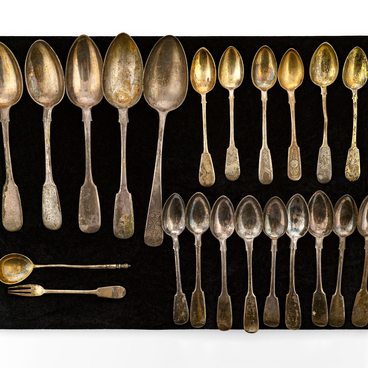The collection of the Lipetsk Regional Museum of Local Lore includes a silent piano keyboard that allowed pianists to practice their technique without disturbing others.
The silent keyboard consists of a wooden casing with a hinged cover and a mechanism that simulates the piano keyboard but does not produce any sound. It usually has keys of standard size and shape, allowing musicians to maintain the proper hand placement and finger position while practicing. The keyboard has a range of three octaves. The main difference between a silent keyboard and a traditional piano is that the former lacks a sound-producing mechanism. Since the silent keyboard is not equipped with hammers and strings, no sound is produced when the keys are pressed. Although it does not make any sound, the instrument allows musicians to refine their skills and work on their technique. After a key is pressed down, it is returned to its original position thanks to the resistance generated by a flat metal rod that contacts the key’s extended tip. The movement of the rod is triggered by the key being pressed which serves as a lever. The lever is connected to the key by a special spring, which returns the rod to the original position when the key is released.
This type of keyboard was used by piano players to
maintain their motor skills and finger technique while traveling or in
situations where they could not play music. The silent keyboard was invented by
the American composer Antha Minerva Virgil in 1892 and became popular due to the
development of virtuoso playing styles. A silent practice keyboard is often
used in teaching piano students. It helps them develop coordination and
technique. Some music schools and colleges offer special programs where a
silent keyboard is used. Such a keyboard is suitable for both beginners and
experienced musicians, helping them focus on technique and avoid distractions
from sound.






